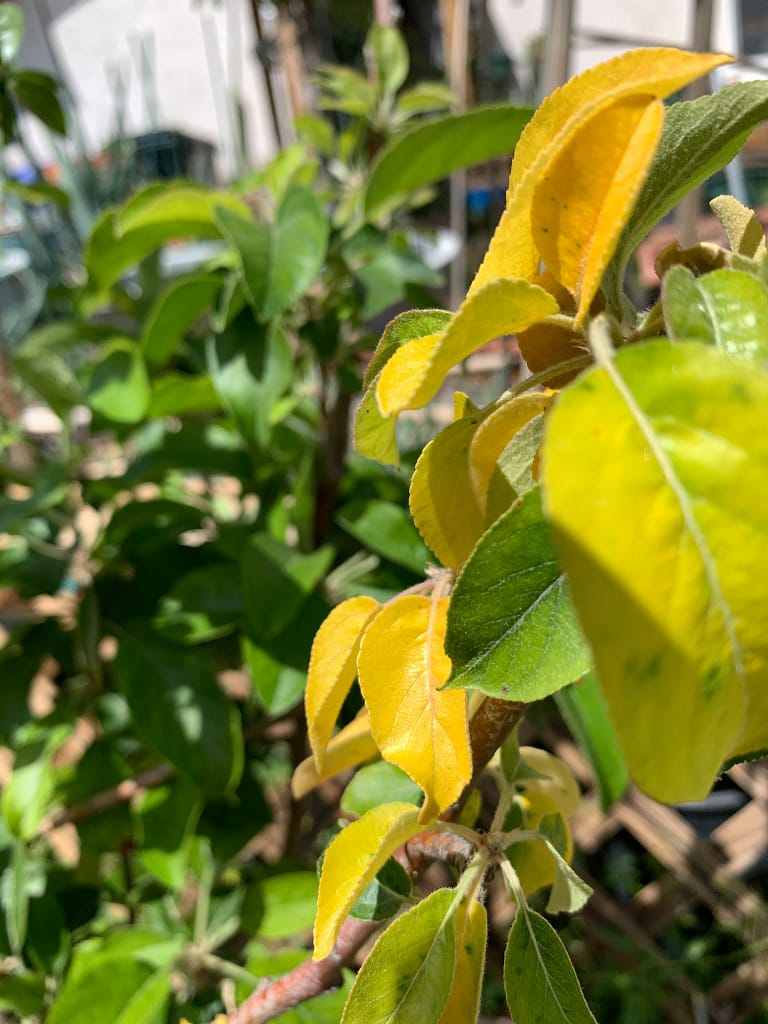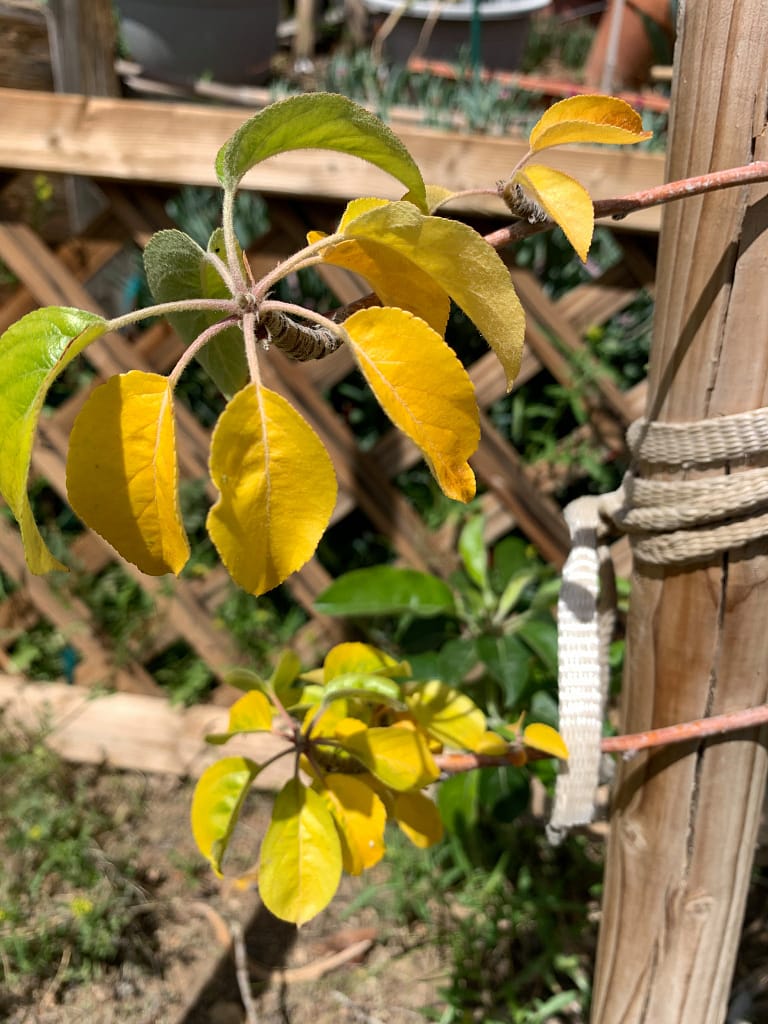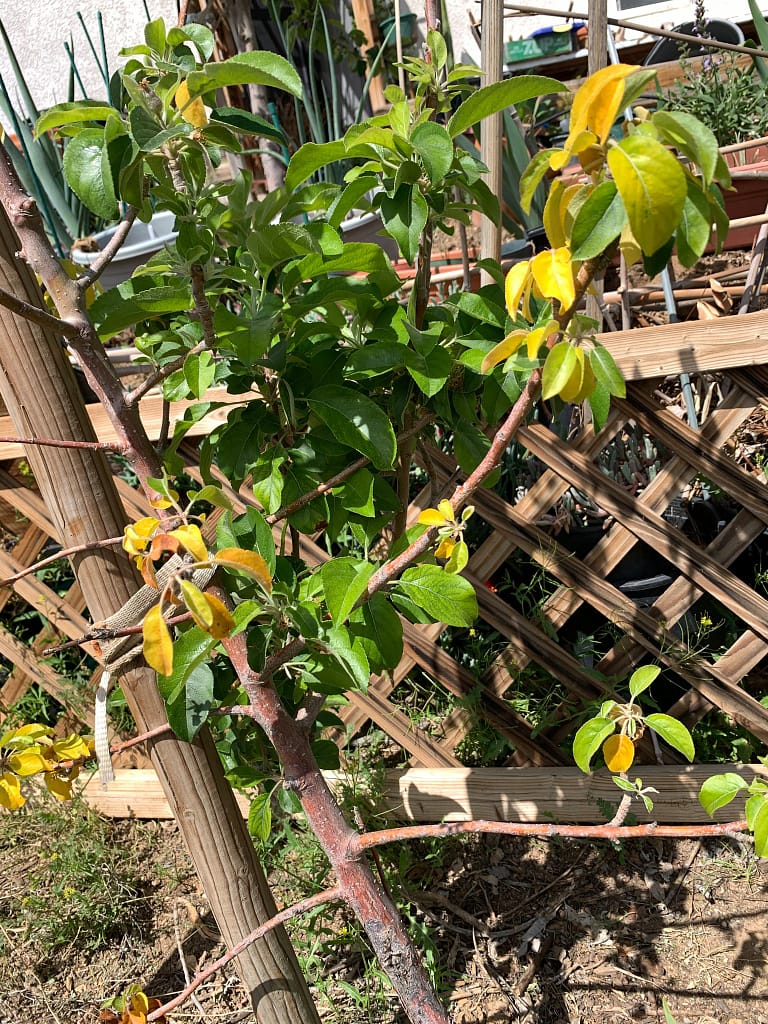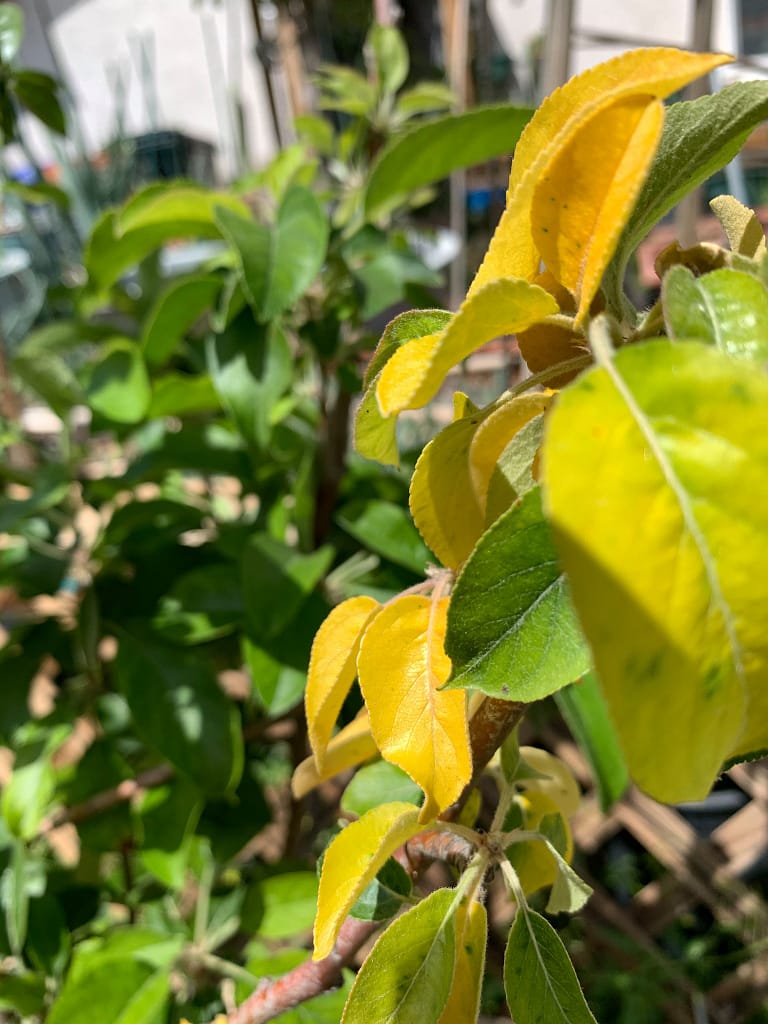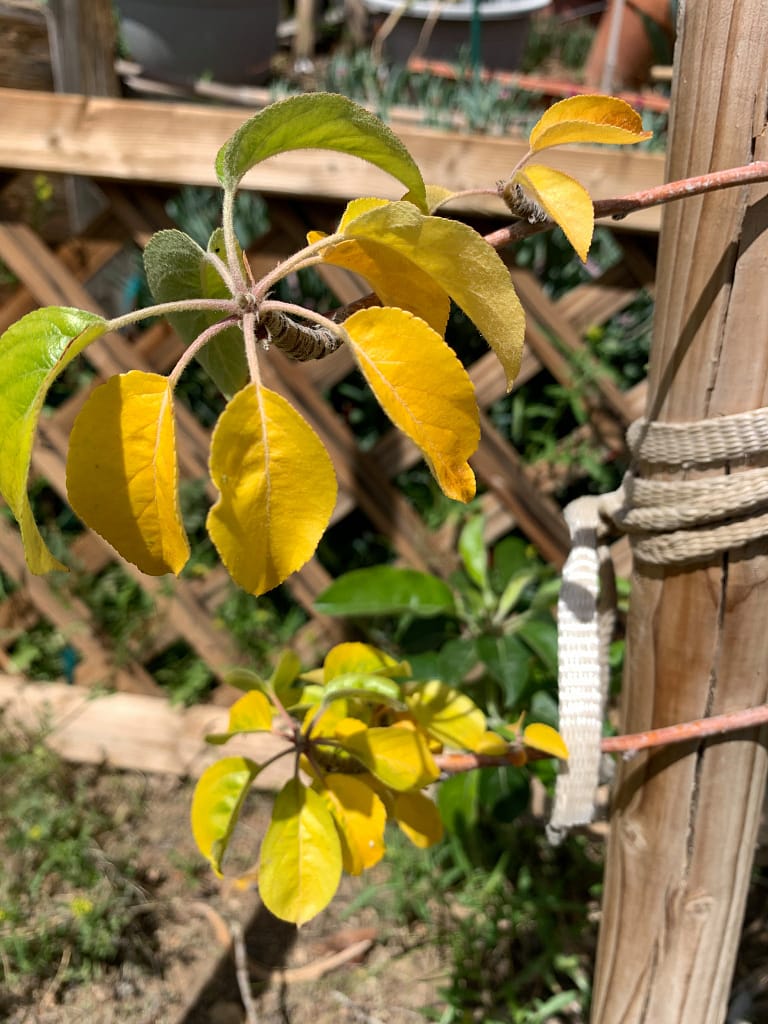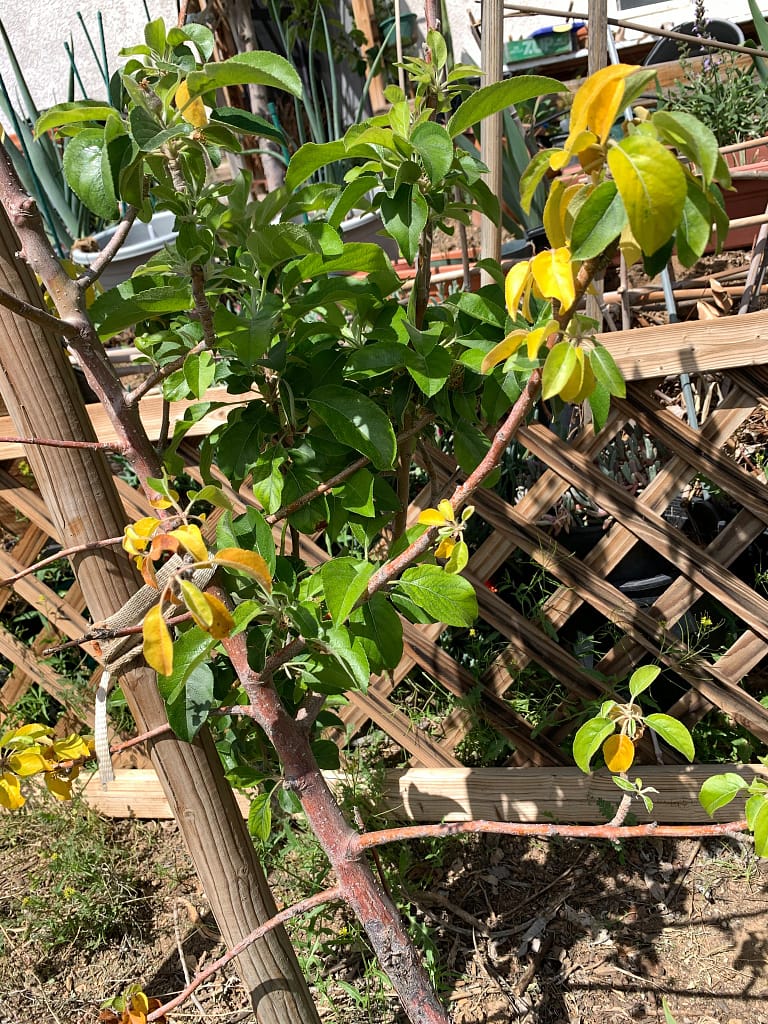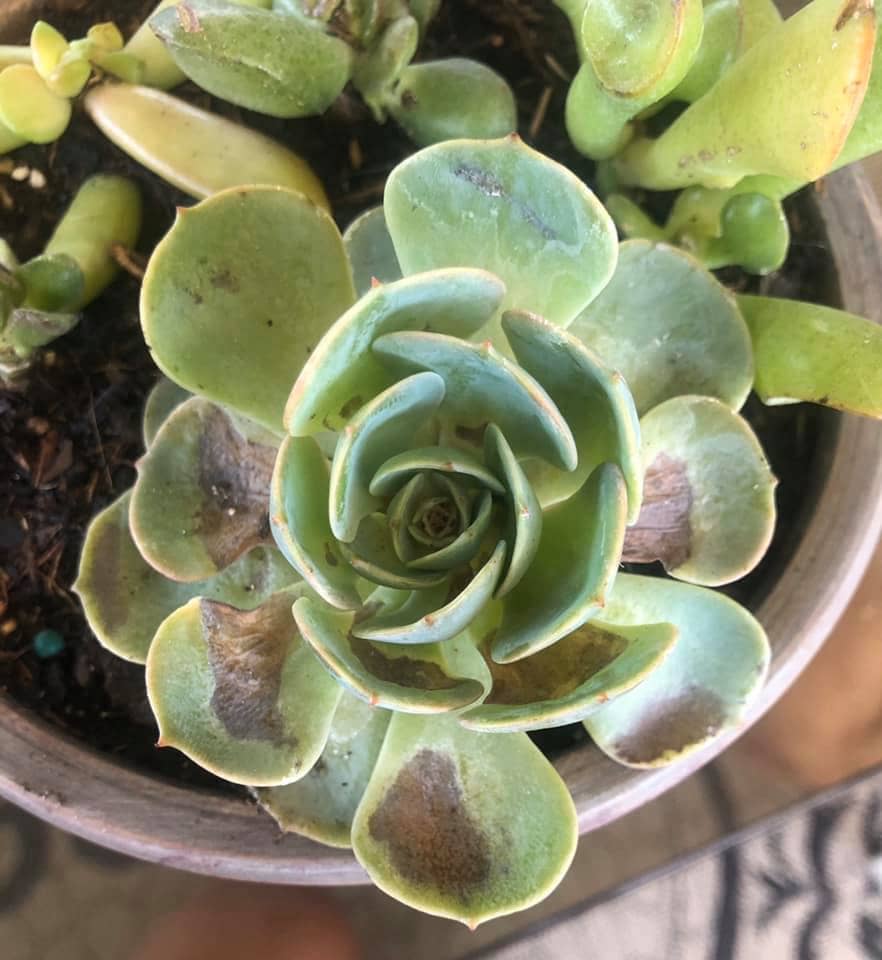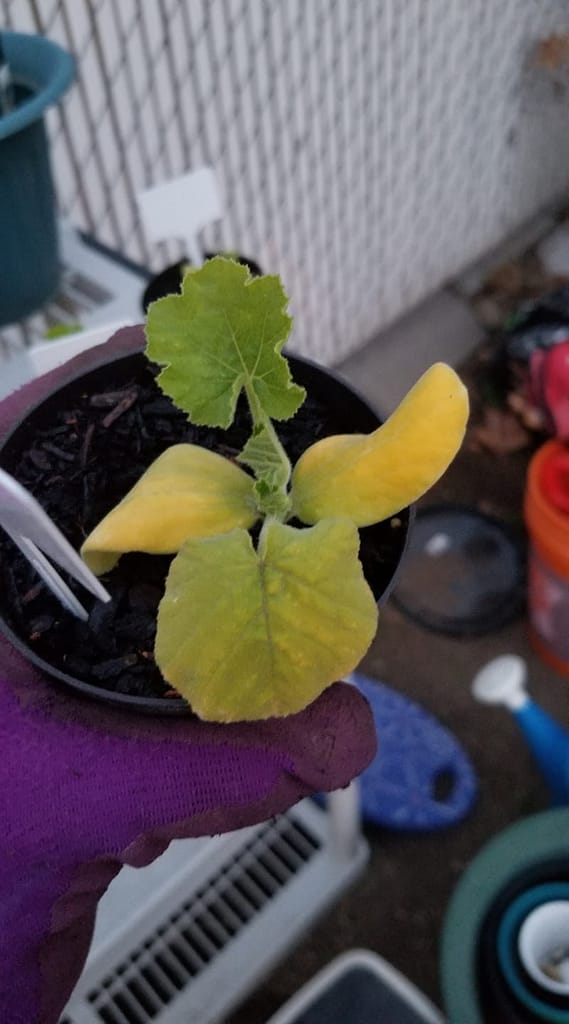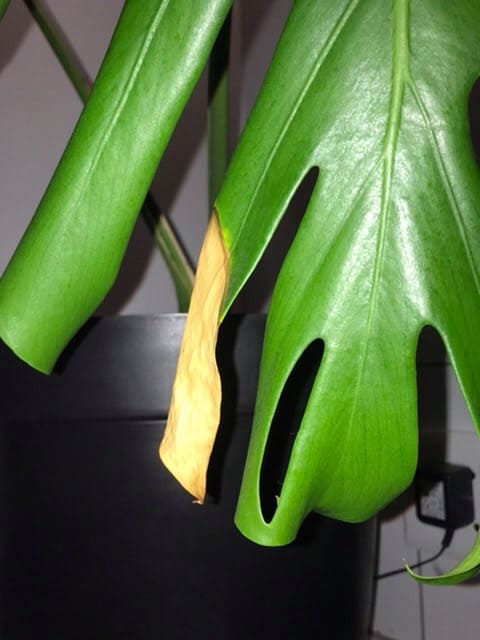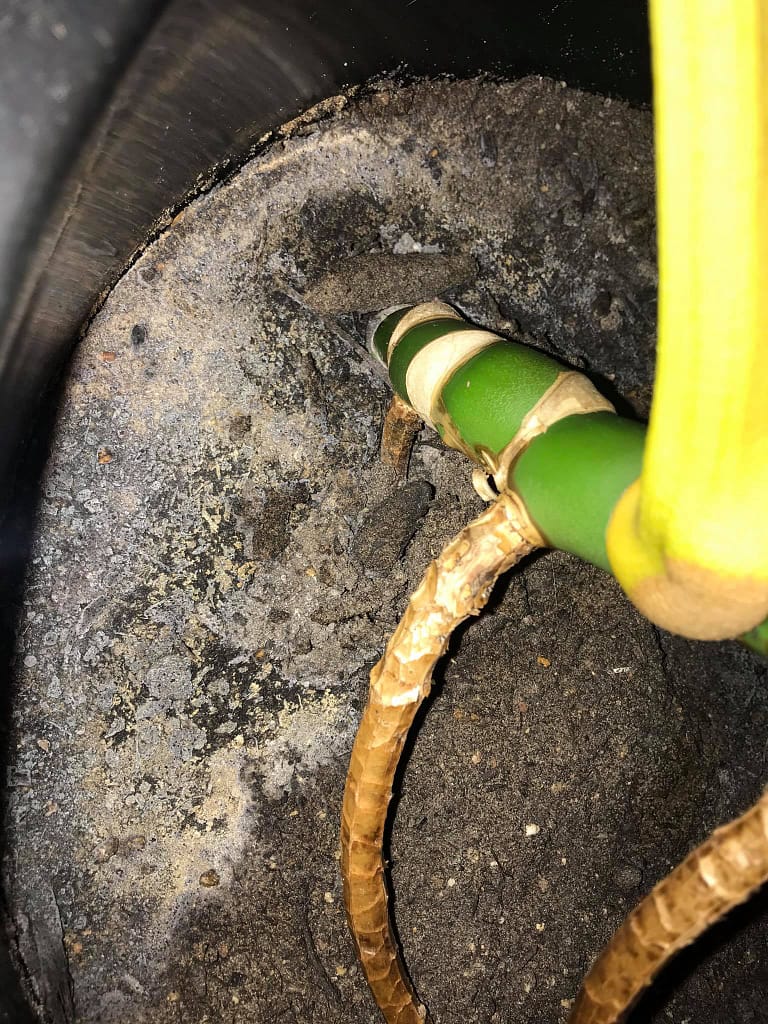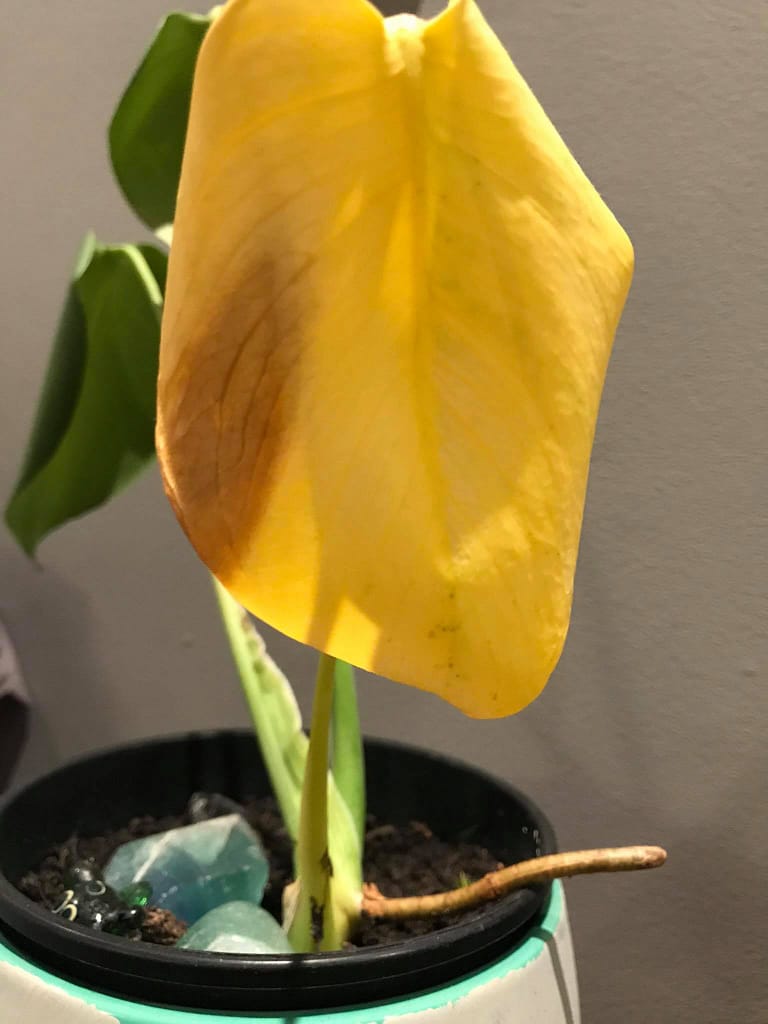I Can Overwater?
Yes. Yes you can. This is one of the common killers of plants along with underwatering. Overwatering limits oxygen in the root zone and damages the roots and weakens plants. This usually leads to soil organisms that cause rot to overtake the plant and kill it.
Symptoms and Identification of Overwatering
Overwatering can be difficult for others to identify as monitoring is the main way to avoid it. A couple of things you can look back to that might indicate that this is a problem are:
- Changes in watering frequency of established plants
- If a newly planted plant never really takes off and exhibits overwatering symptoms
- Adding mulch and not adjusting watering frequency
- Not accounting for past rain when watering
- Planting in summer and watering a lot (2 times a day or more) to compensate for the heat
- The planting hole was very hard and didn’t drain well
- Changing the soil you garden in as different soil requires different watering needs (one year was raised beds, and now you’re growing in ground)
Symptoms of overwatering include:
- Yellow leaves (can also be an indicator of nitrogen deficiency)
- Wilting leaves that are still green with wet soil
- Leach scorch
- Canopy dieback
- Necrosis
- Defoliation
For images of plants that are overwatered scroll to the bottom for help in identifying if it is affecting your plant. If you have photos you’d like to add to the photos below you can send them to [email protected].
Life Cycle
What happens when plants are overwatered is that the roots rot due to lack of oxygen. Then as the roots deteriorate, water uptake ceases and cannot supply the necessary water for the leaves to remain turgid. This is why wilting leaves is a common sign of overwatering. Root rots can be responsible for destroying the root system further once the root become damaged. They need anaerobic conditions and can easily infect plants that are weakened. Overwatered plants are weakened, then killed by rotting pathogens.
Management of Overwatering
The best way to manage overwatering is to not overwater. I know, call the press, it’s groundbreaking. The main thing to do is start watering properly, and that is covered here. Mulching your plants and watering less frequently will help to reverse the problem. It scares people to let the soil dry out, but wet conditions will perpetuate the rot and anaerobic conditions that are doing the damage.
Woody perennials (trees and shrubs) will frequently lose all of their leaves when overwatering has been a chronic problem. This doesn’t mean it is dead, but that it can’t support those leaves with the portion of the root system that is still healthy (if there is a portion that is still healthy). These plants can send out a new set of leaves within a few weeks if watering is corrected. Don’t give up early, nature is amazing.

